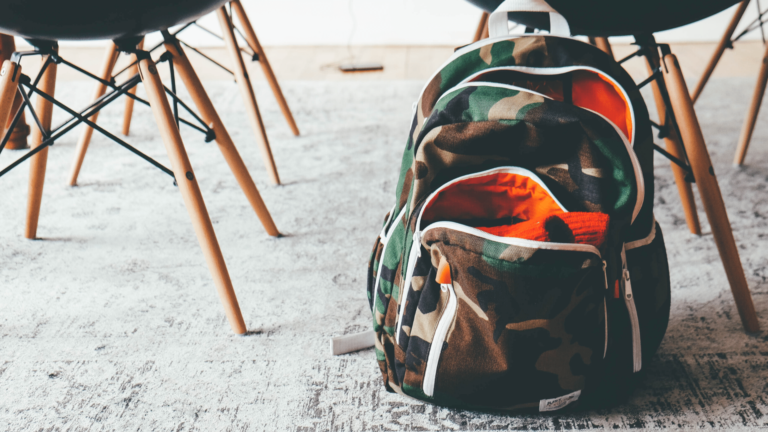Main Menu

Get students to understand the rules. CASA rules apply when flying outside but when you’re inside a building, they are much more liberal — as long as you don’t cause damage or harm to a person or a property, you’re good to go.
Learning how to introduce drones into your classroom with a She Maps Orbit membership gives you a set of classroom rules that you can apply yourself as STEM teacher training provider and teach to your students, from marked ‘flying zones’ to flying protocols.
Nathan found that, when students were faced with a whole fleet of drones that they were about to fly in the air, they actually weren’t too interested in a detailed safety briefing.
The beauty of flying with microdrones, which are small and safe, is that they are much less likely to cause injury or damage. Nathan’s recommendation is to go through the basics of a safety briefing first, only covering off the essentials, and then go through a much more thorough safety briefing once students have had their first flight experience and are much more engaged.
Nathan finds that his students are always natural drone pilots as they have the dexterity from using game consoles and other technology. But they will crash, and in amazing circumstances sometimes.
Part of his approach to teaching STEM is to let his students know that crashing drones is all part of the learning experience. This helps him set a tone of growth, not critical perfectionism in his classroom.
Creating challenges or projects with drones helps students with their intent to become better drone pilots and geospatial scientists, helping them stay on track of their STEM professional development. It also creates a natural reason to have a debrief following every flight session, just as industry professionals would in the real world.
The great thing about flying with drones is that the experience is cool enough that you don’t need additional fancy equipment to make it better. What you already have in your classroom is perfect.
Nathan finds that simple challenges are the best. Flying around a group of chairs, creating a spot landing challenge where students try to land on a certain object, and also flying through gaps is important for drone flight dexterity.
This is yet to be trademarked by Nathan so copy it and apply it in your STEM classroom while you can!
Using the ideas below, create a series of challenges that students attempt in groups. Award the top 3 of each group 3, 2, 1 points and add them up at the end to find the true Top Gun of your classroom.
Example Challenges
While drone pilots are essential, they are flying for a reason. Nathan recommends getting students to present their findings on future uses of drones:
Here are some of the phenomenal uses his students came up with unassisted by him:
With microdrones (and a little imagination!) , it is possible to introduce real world scenarios into the classroom — disaster relief teams, mini marine biologists, and so much more.
At She Maps, we have spent years imagining up real world scenarios and testing them on students. A She Maps Orbit membership provides teachers with these in a ready-to-teach format that’s mapped to US and Australian curriculum.
Alternatively, you can also explore STEM lessons at home. Read more here.
Find out more about incorporating drones into your classroom with Orbit:
She Maps is Australia’s leading expert in drone and geospatial education.
She Maps assist schools with the purchasing of drones, school-industry created drone and geospatial teaching resources and highly supportive teacher professional development.
Ready to buy drones for your school? We are an authorised DJI reseller in Australia

Subscribe by email and never miss a blog post or announcement.

She Maps aims to bring much needed diversity and support to STEM. We do this by providing drone and geospatial programs to teachers and schools across the globe.
At She Maps we acknowledge the Traditional Custodians of Country throughout Australia and their connections to land, sea, and community. We pay our respect to their Elders past and present and extend that respect to all Aboriginal and Torres Strait Islander peoples today.
Aboriginal and Torres Strait Islander peoples are advised that this site may contain names, voices, or images of people who have passed away.
Learn the 6 Steps to Launching a Successful Drone and Geospatial Program at your School
Take our resources for a spin and join the thousands of teachers who love our ready-to-teach classroom materials. Try one of our complete units of work for free.

